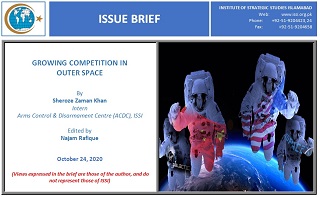In December 2019, US President Donald Trump made an executive order for a defense bill for the establishment of the US Space Force, which became the 6th branch of the US military.
Currently, there are only three major space faring nations, USA, Russia and now China, with the latter being a powerful competitor. Besides the US, Russia and China there also exist a total of 13 nations – Canada, India, Japan, Australia, France, Iran, UK and NATO with independent capabilities but dependent somehow on space-enabled capabilities provided by commercial entities like SpaceX. Canada, Japan and France are newcomers in this league. In 2019, India launched Mission-Shakti, which was an anti-satellite (ASAT) test that destroyed its own satellite in Low Earth Orbit. This was clearly a signal to the world that they had joined the elite-club of space major powers. In 2019, the French President, Emmanuel Macron, also announced that they will create a space force with the help of their air force, which will help them explore space and protect satellites. Japan has also joined the race spending more on the defense budget and taking interest in the exploration of space. But what does all this development actually mean? What enabled these nations to make such a space force which will be placed on the forefront at the outer space? Do these nations want to claim their superiority? If one wants to understand the pivotal importance of space in the contemporary era, it’s better to first understand the system in which space-based technologies works.
















